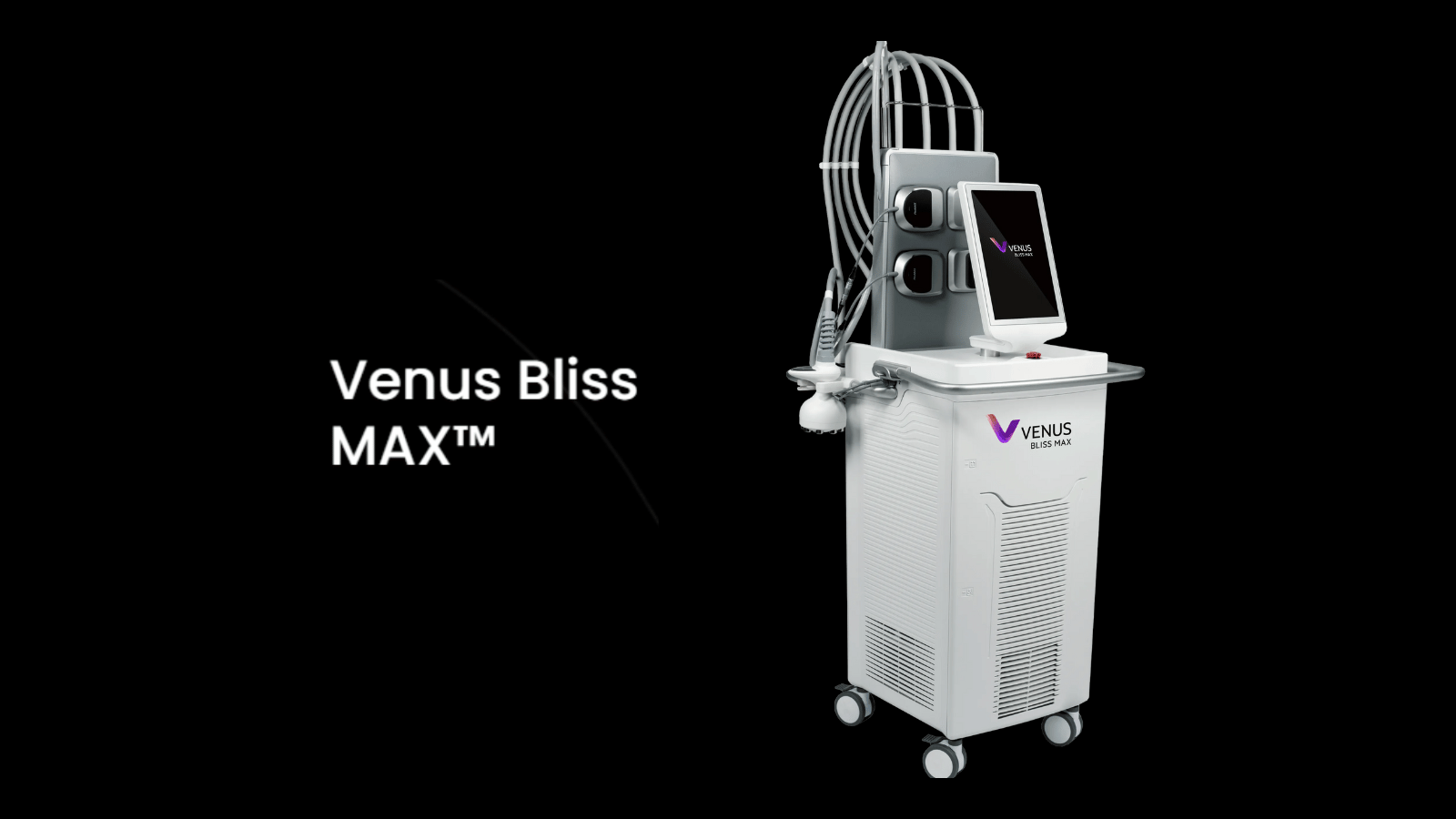Top Advances in the Treatment of Soft Tissue Injuries and Conditions

Soft tissue injuries are among the most common reasons patients seek care from sports medicine and rehabilitation specialists, with the goal, of course, to relieve pain, regain full movement, and strengthen the weakened area to prevent re-injury. While it may seem like a simple ask, the parameters around an injury and a slew of treatment options can make achieving these outcomes a complicated matter.
Fortunately, with the latest breakthroughs, ongoing educational opportunities, and treatment innovations, optimal treatment protocols are evolving to better heal these types of injuries. In fact, the potential for a full recovery to the patient’s previous quality of life and level of performance has markedly improved.
Here, we examine the latest advances offering the best treatments for soft tissue injuries today, including one of the newest modalities of note: Multi-Polar Radio Frequency (RF) and Pulsed Electro Magnetic Fields (PEMF), along with the added benefits of therapeutic massage.
What Defines a Soft Tissue Injury?
Before we get into the technical details, it’s helpful to review the basics of soft tissue injuries.
Soft tissue injuries occur when muscles, ligaments, and/or tendons are exposed to direct or indirect trauma causing damage. Direct trauma may be caused by impact or abrupt overloading, while indirect trauma is tied to repeated sub-maximum loading, as with overuse injuries. Common symptoms include pain, swelling, and restricted movement. The four common types of soft tissue injuries are contusions (bruises), sprains, strains, and tendonitis.
Classic Treatments for Soft Tissue Injuries
Generally speaking, the healing of soft tissue injuries spans three phases: the acute inflammatory stage, lasting up to 72 hours; the repair stage, lasting from 48 hours to six weeks; and the remodeling stage, lasting from three weeks to a year or more.
The classic treatment protocol in the first three days following injury is to apply rest, ice, compression, and elevation (often abbreviated as “RICE”) to the injured area while avoiding the common “HARM” factors (heat, alcohol, running or exercise, and massage). This often relieves the initial symptoms.
To address the underlying injury, further treatment may focus on thermal or mechanical therapy. Energy-based devices, including ultrasound, transcutaneous electrical nerve stimulation (TENS), and cold laser, are used to address tissue pain, stiffness, and weakness. Therapies such as Active Release Techniques (ARTs), the Graston Technique, massage, and musculoskeletal manipulation/chiropractic techniques are occasionally used, too.
Unfortunately, due to common misconceptions regarding soft tissue injuries, some conditions receive no treatment and are left to heal on their own, though the reality is that healing, including remodeling of the tissue, can take a long time or never even occur if left untreated. In fact, one study found that only 12% of people with a soft tissue neck injury experienced complete recovery more than a decade after their accident, while another study of patients with whiplash found that 70% complained of symptoms related to the original injury 15.5 years afterward.
While minor injuries may resolve over time, many people experience residual and/or chronic symptoms, for which compensations in movement can lead to a cascade of other issues. This is why the rehabilitation community continues to seek advanced treatments for soft tissue injuries and conditions.
Advances in Soft Tissue Injury Treatments
One of the newest advances in soft tissue injury treatments is the combination of Multi-Polar RF and PEMF to deliver synergistic benefits for reparation.
Separately, each of these modalities are well-validated approaches. Multi-Polar RF offers homogeneous deep-tissue heating resulting in tissue regeneration and remodeling, while PEMF induces an electro magnetic field in the target tissue, stimulating connective tissue, blood vessels, and muscles. Combined, they spur an increase in tissue metabolism, blood perfusion, lymphatic drainage, and the proliferation of new collagen, fibroblasts, tissue fibers, and blood vessels for accelerated healing and improved rehabilitation. When accompanied by massage, even more superior soft tissue injury rehabilitation may be achieved.
For further detail into how this treatment modality affects the targeted connective tissue, vascular networks, and muscles for accelerated reparation and rehabilitation, as well as a list of contraindications, download our latest report, Advances in the Treatment of Soft Tissue Injuries and Conditions: PEMF and Multi-Polar Radio Frequency.







